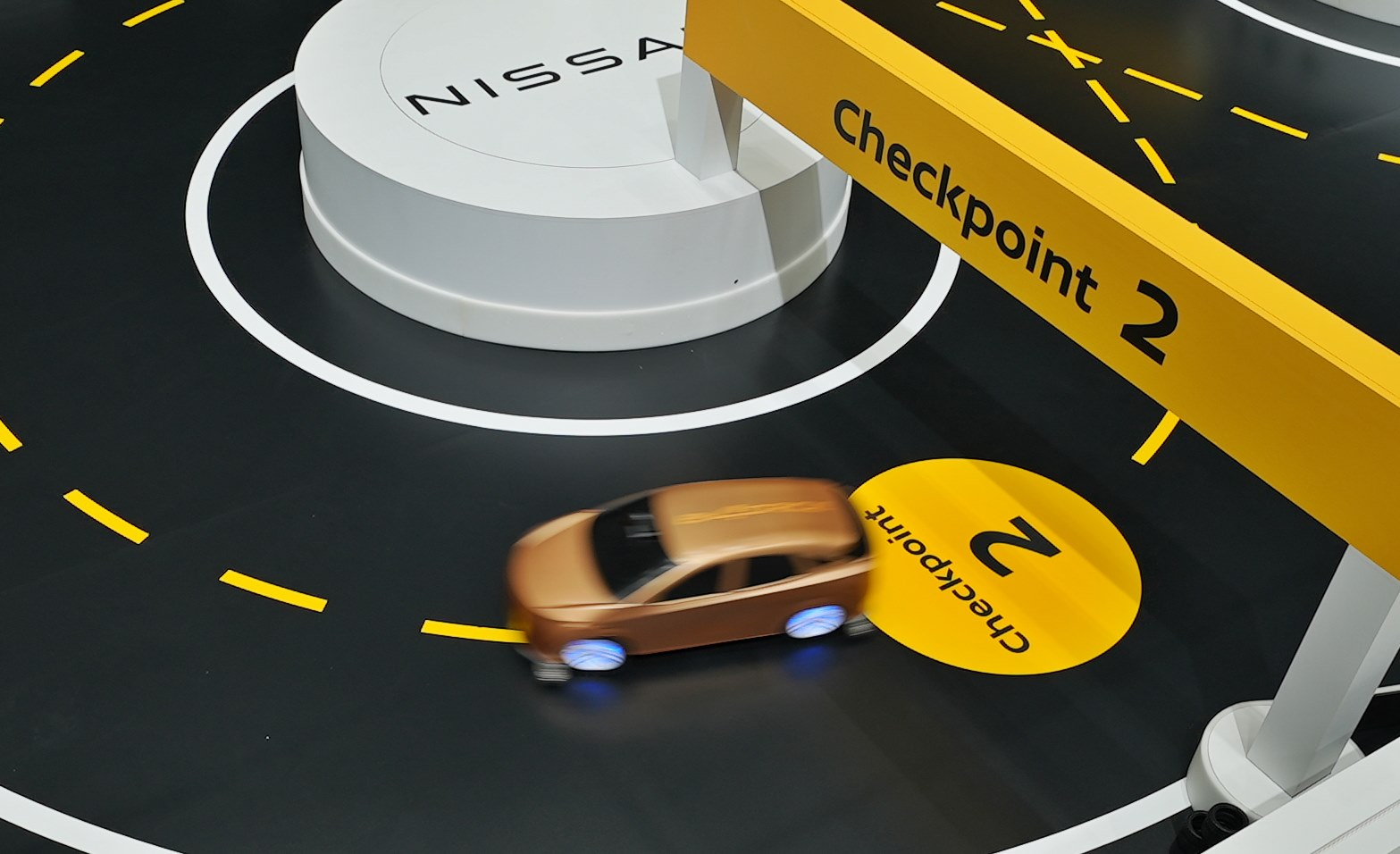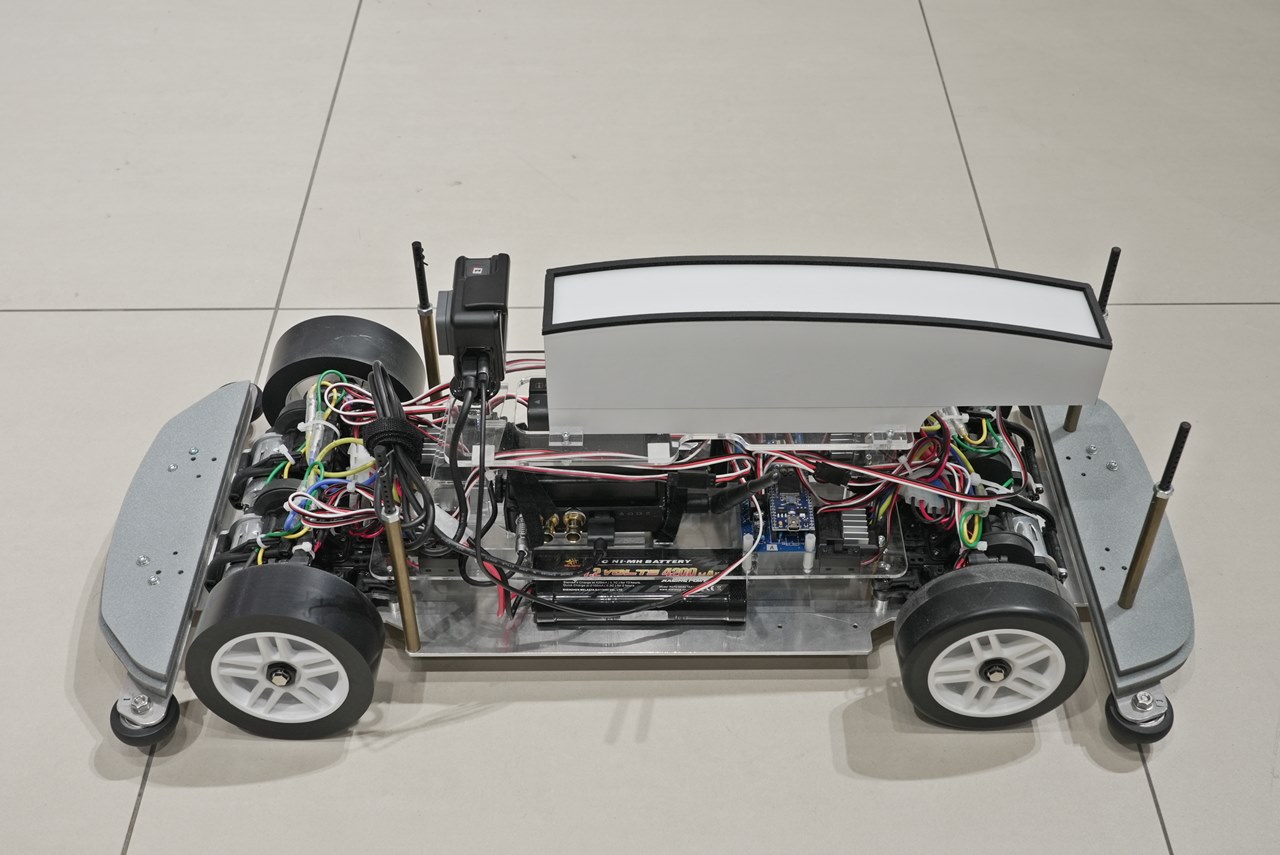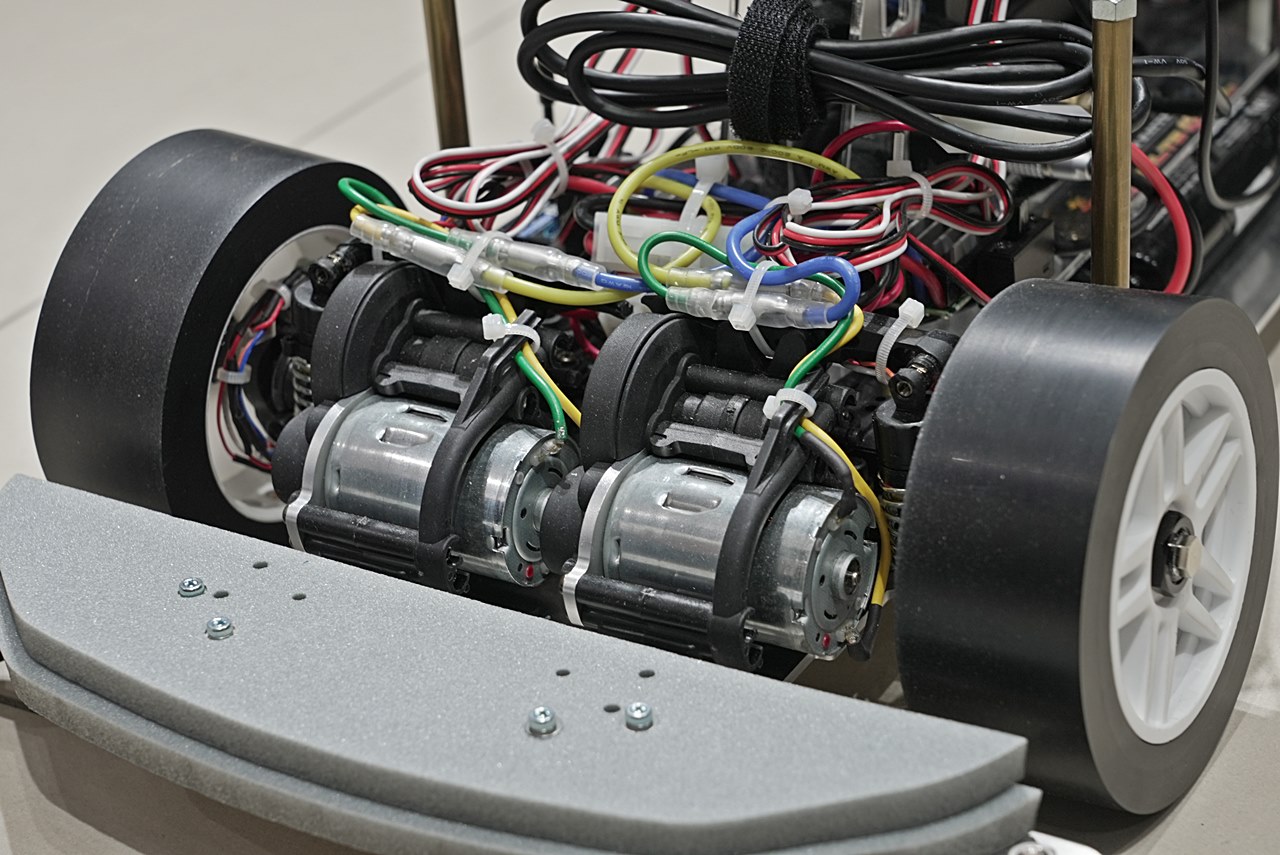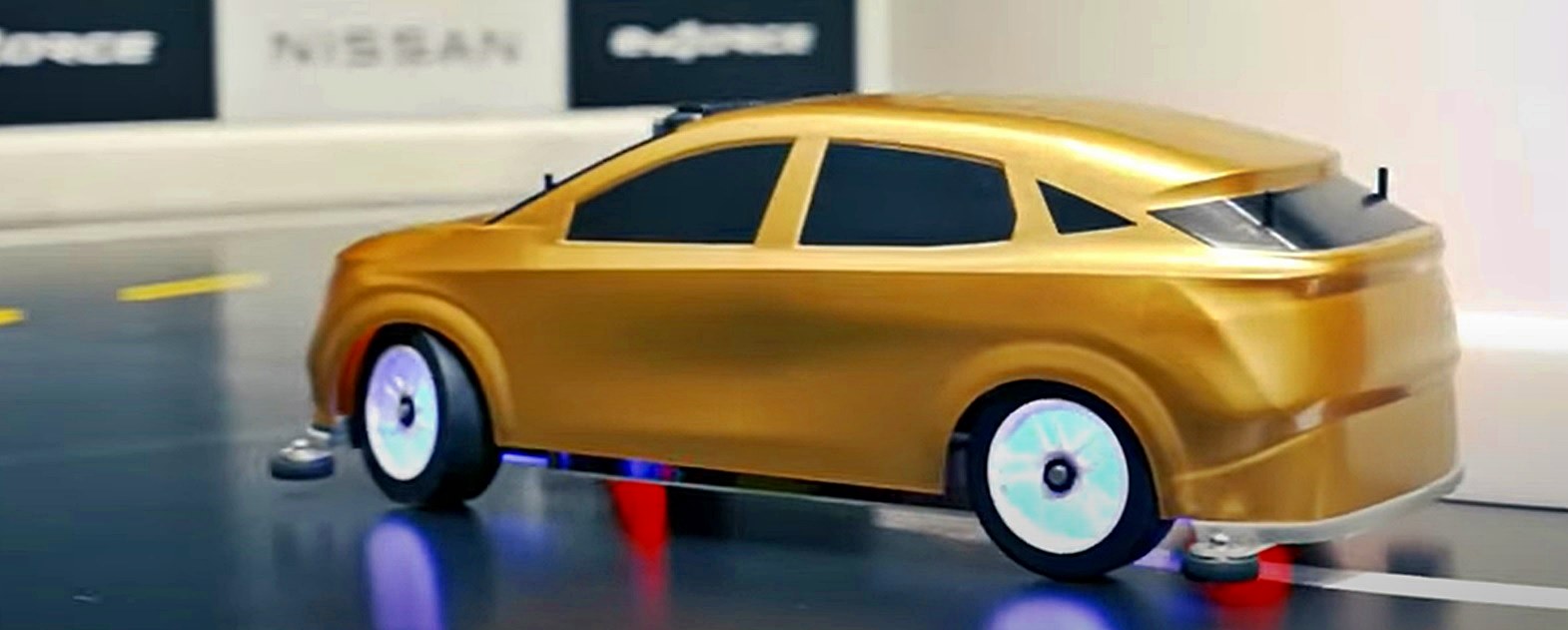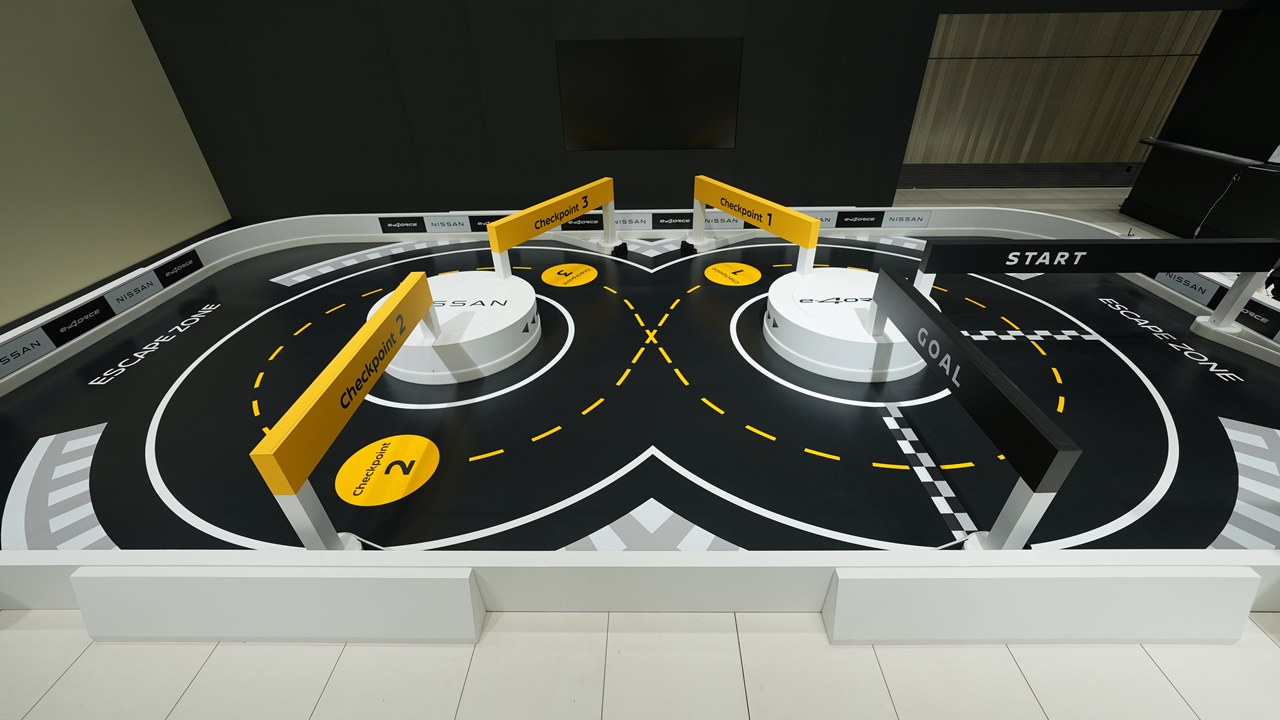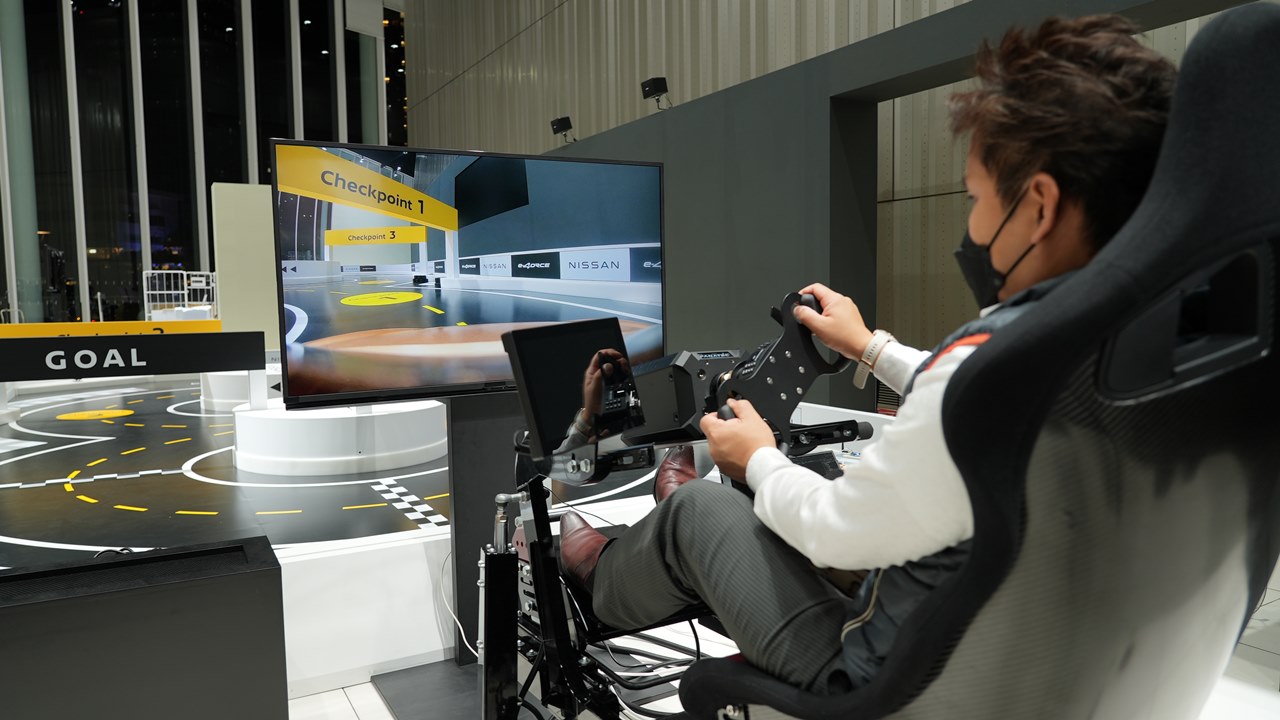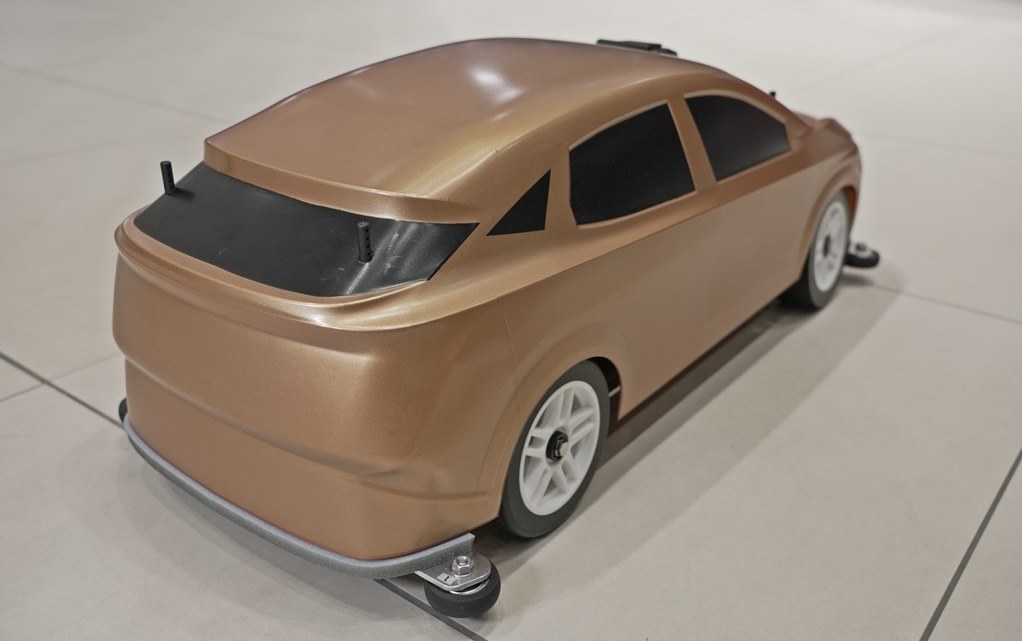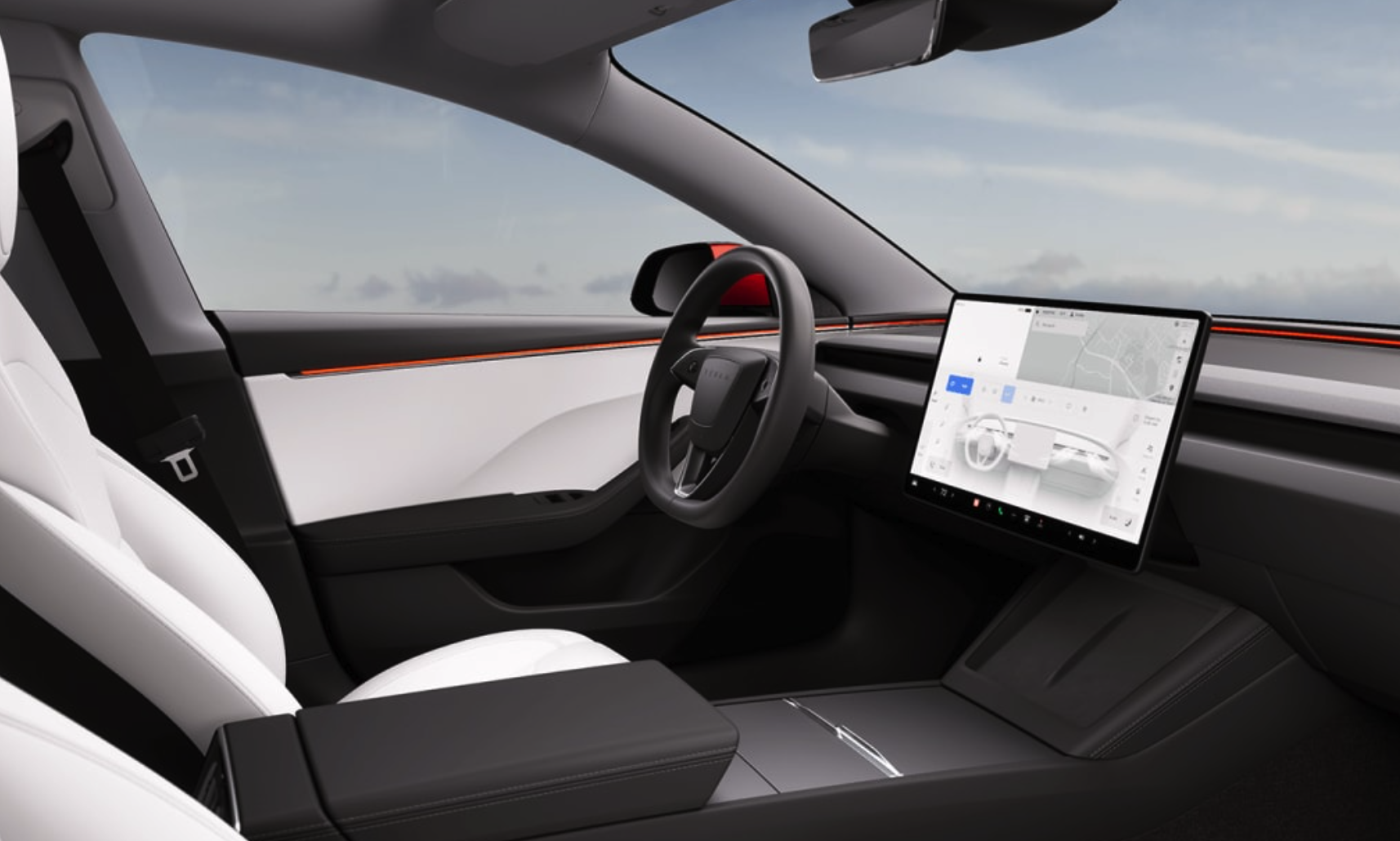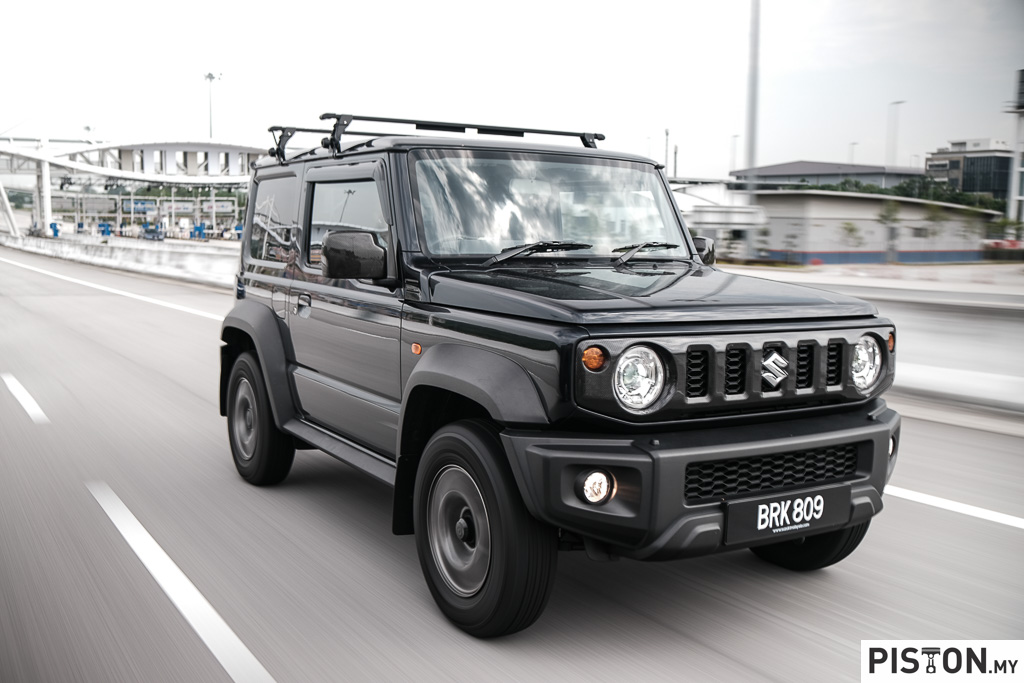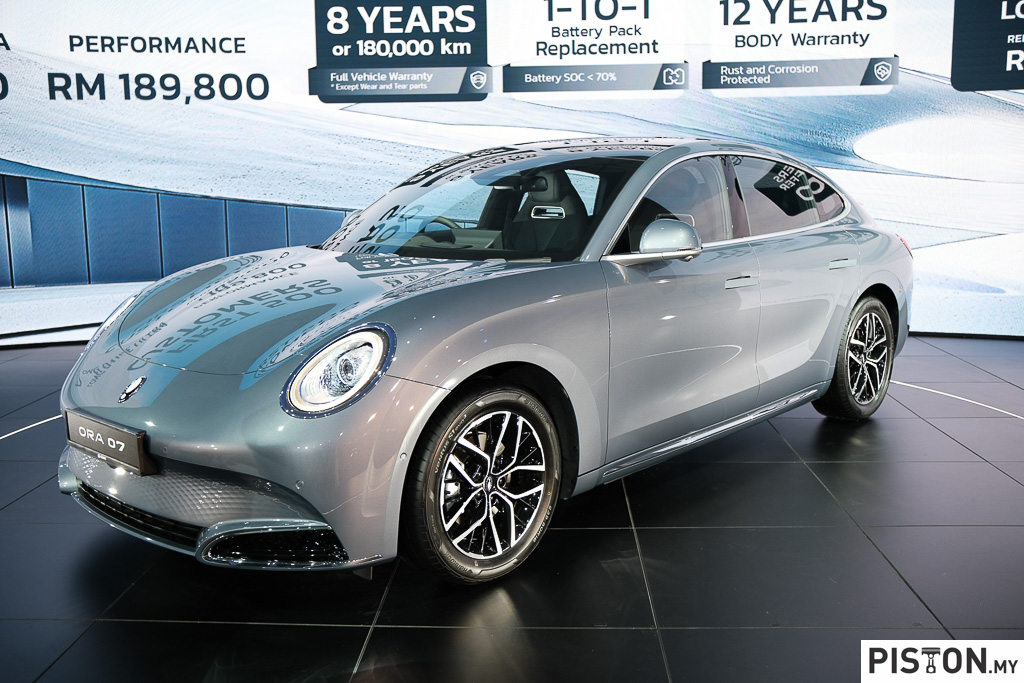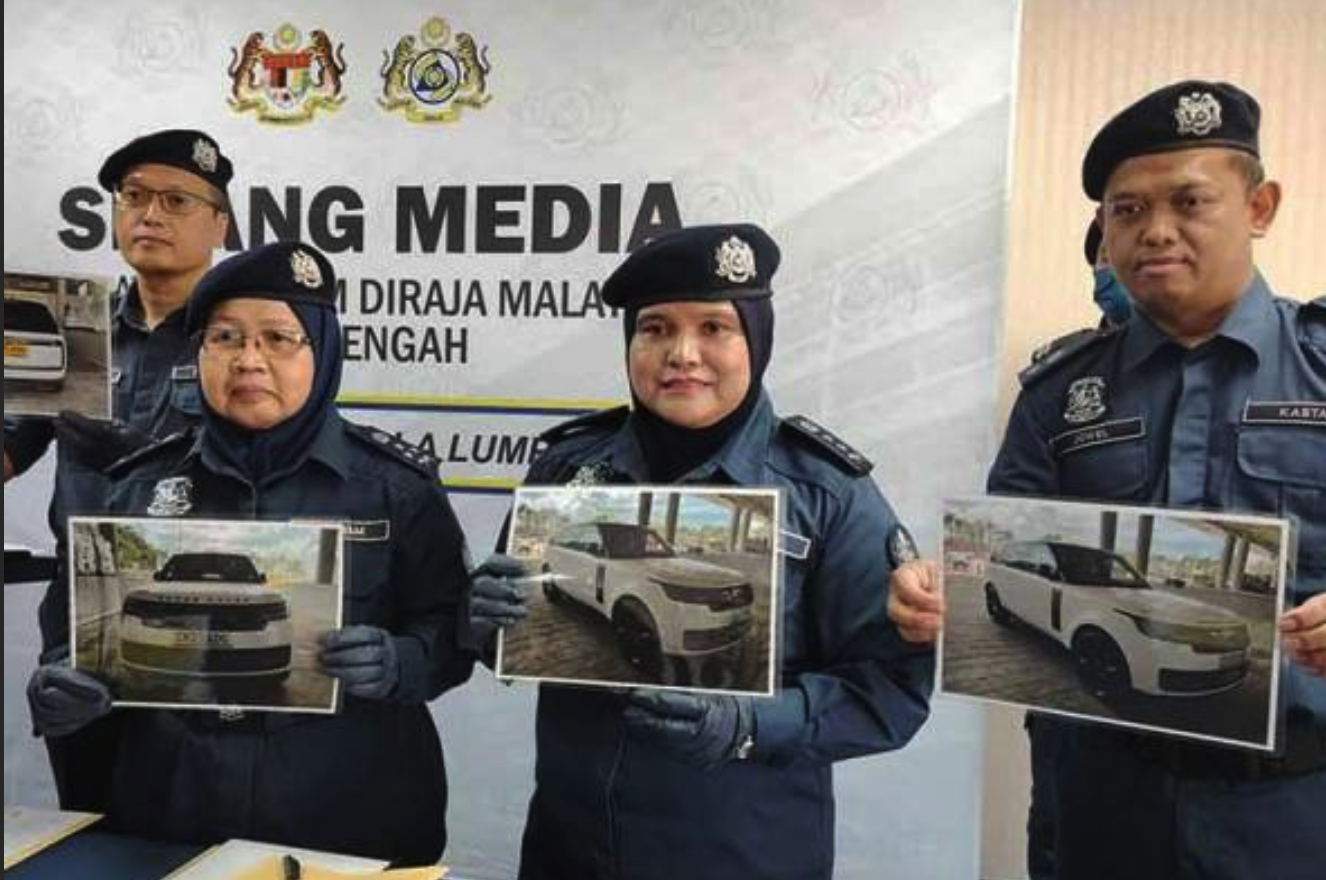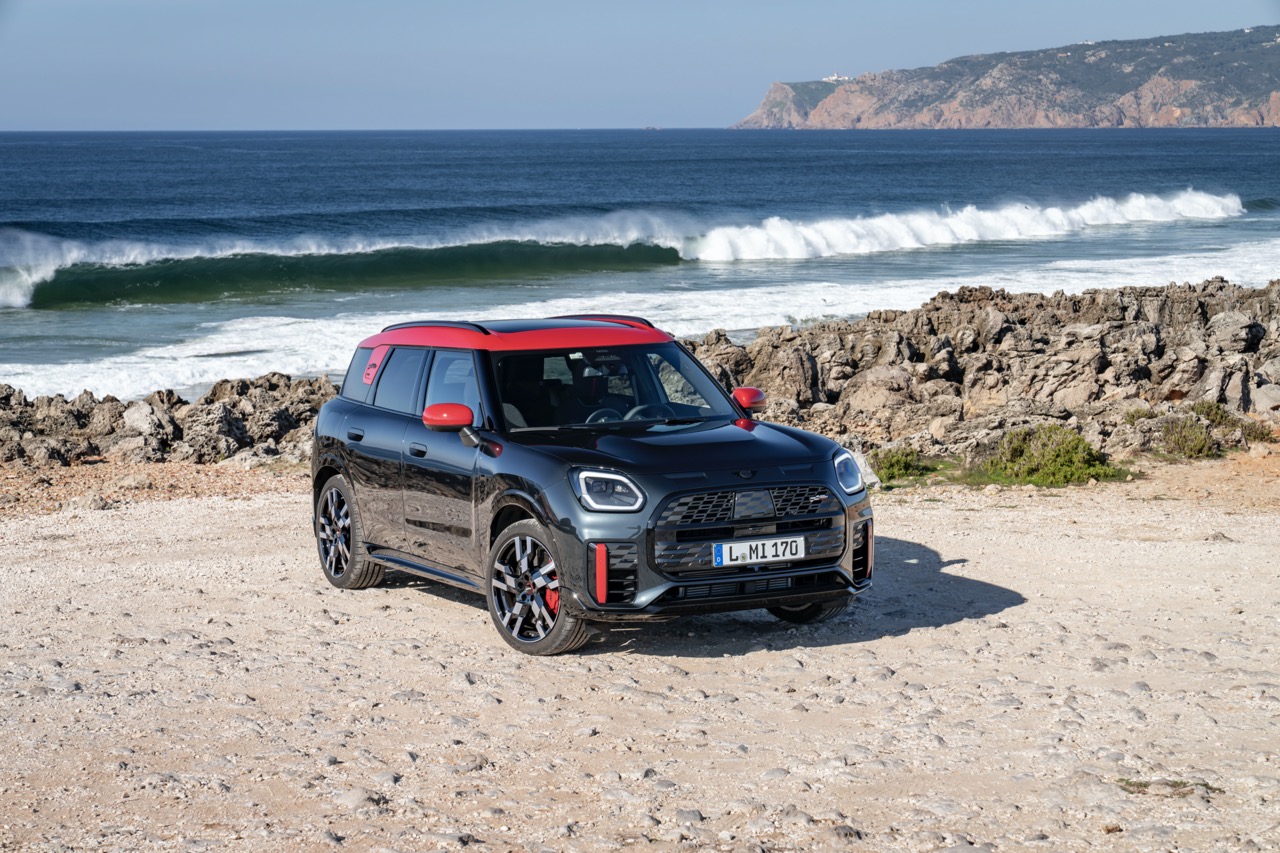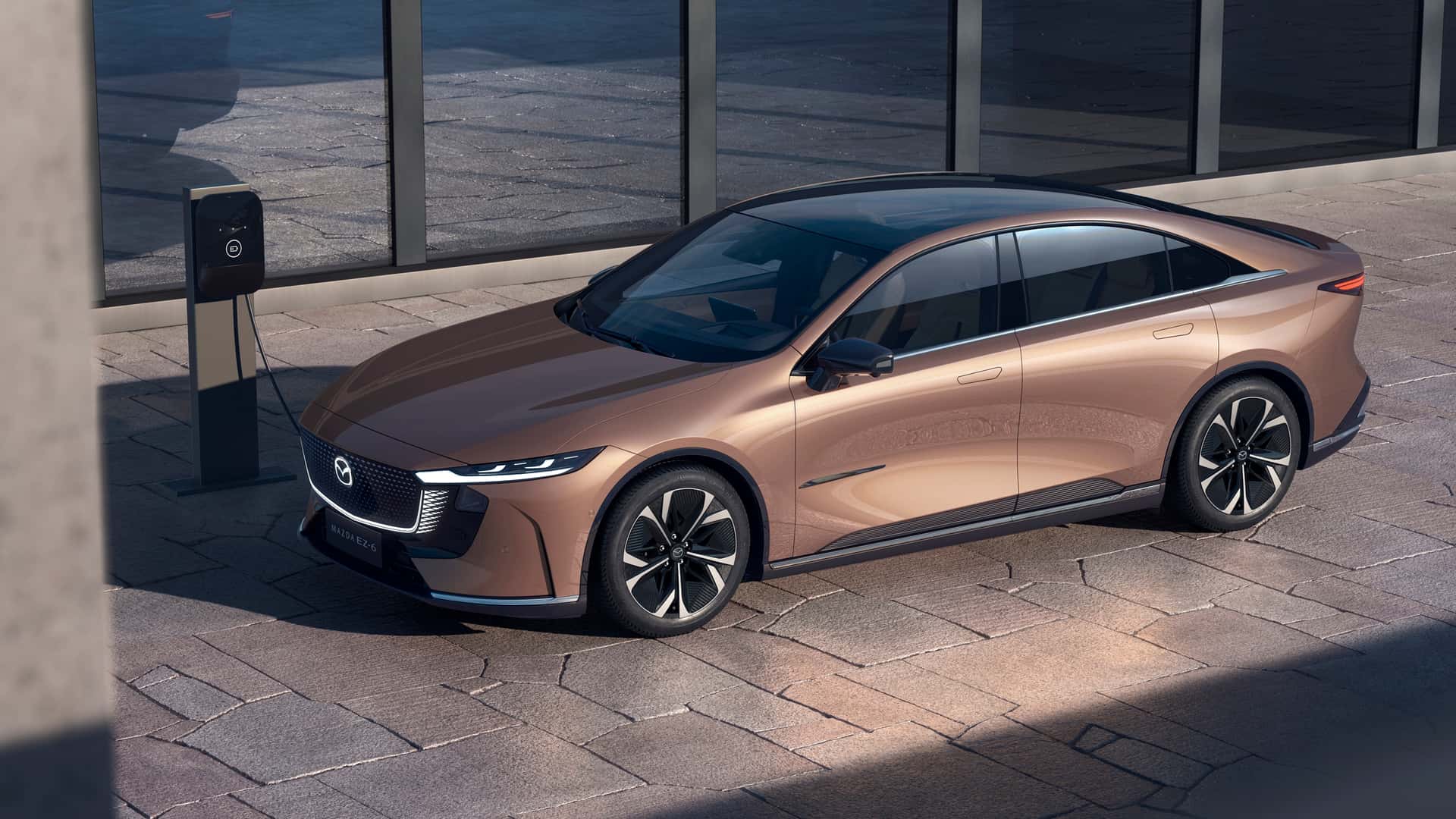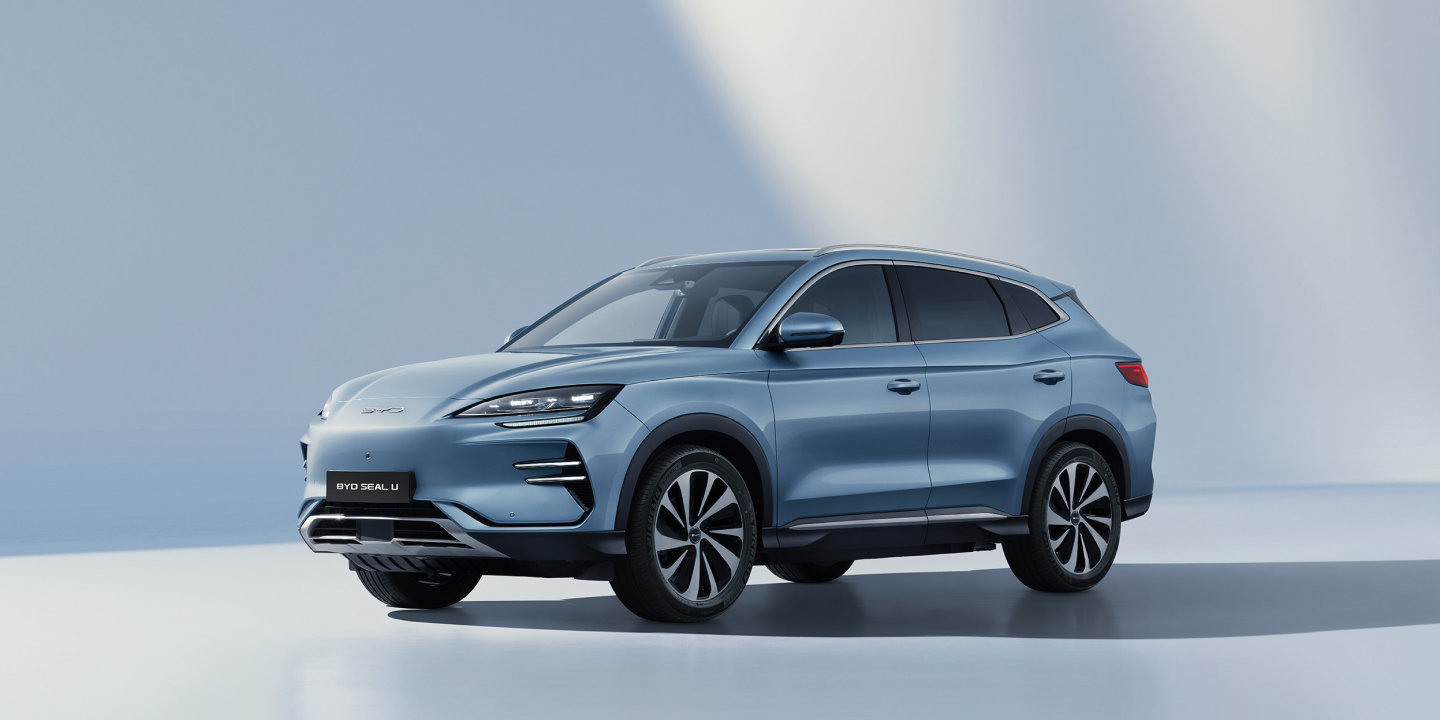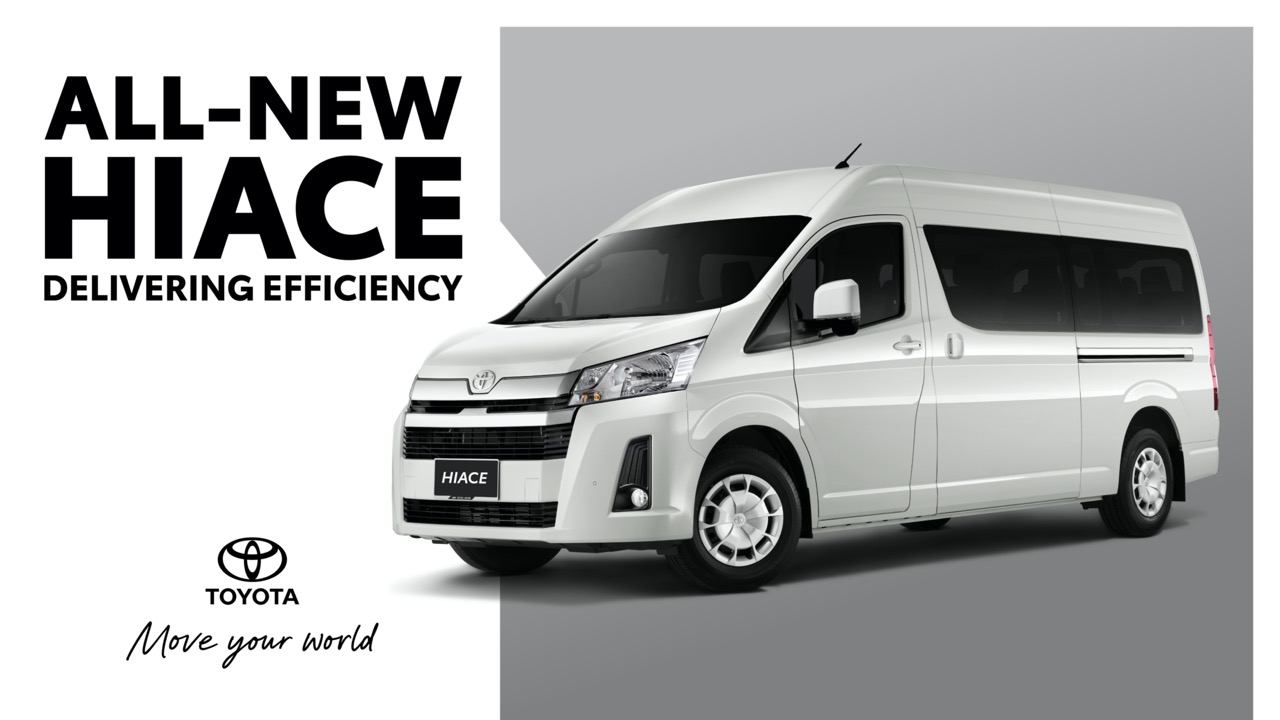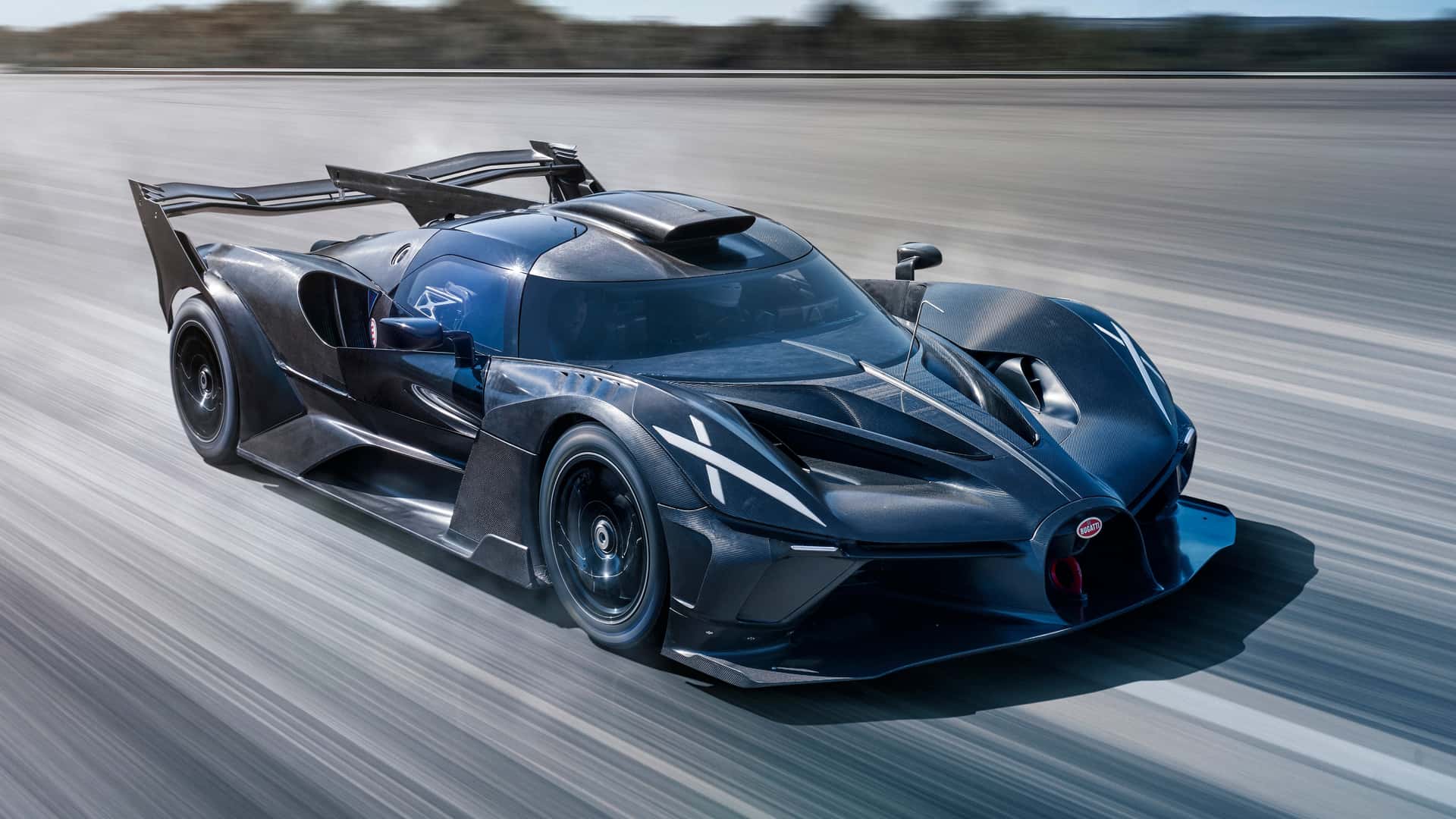Back in the 1980s when Audi came out with its quattro all-wheel drive system (AWD) that helped it dominate the World Rally Championship, Nissan also had an equally advanced AWD system which it first used in the R32 Skyline. It was called ATTESA – for Advanced Total Traction Engineering System for All-terrain – and had a torque-split system controlled by sophisticated electronics. The ATTESA system improved over the years and various technologies that went into the system were used for AWD systems in other models, including the X-Trail as well as Infiniti models.
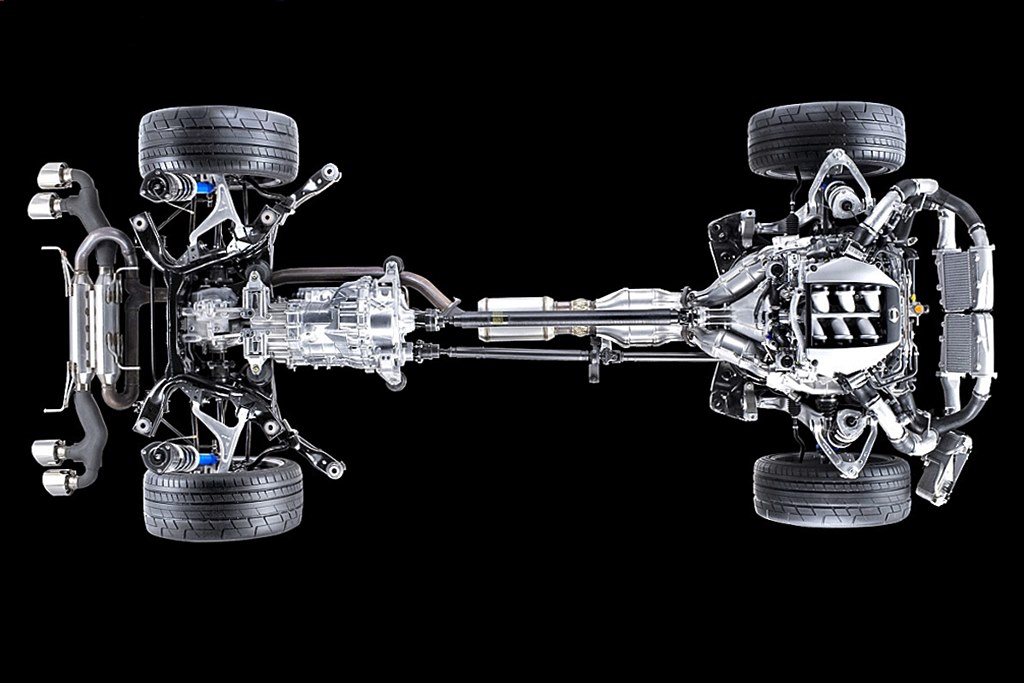
While AWD in those days was used for high-performance models, its benefits for other models was also evident as it provides better grip and stability, especially on slippery surfaces. Off-road vehicles and SUVs have had 4WD – which is also AWD – for a longer time for the same reason – to get better grip on rough or loose ground.
Today, with the high torque of electric motors, maintaining tyre grip is even more important. Typically, maximum torque can be generated almost from standstill, allowing an electric vehicle to accelerate off strongly. It’s therefore necessary for the engineers to provide better control of all four wheels and Nissan has developed advanced all-wheel control technology called e-4ORCE.
By specifically managing power output and braking performance for smoothness and stability, e-4ORCE enhances driver confidence by tracing the intended driving line over almost any road surface but without the need to change driving style or input. When cornering on slippery snow-covered roads, for example, the vehicle can faithfully trace the driver’s intended line, thanks to the coordinated control of the front and rear motors and the brake system. This helps to make driving safer in difficult conditions.
Earlier in the year, Nissan demonstrated the smoothness of the e-4ORCE technology by building and running a miniature ramen delivery cart. Now it demonstrates the handling and drivability of the system with a radio-controlled (RC) car running over a variety of surfaces.
The e-4ORCE RC car uses 4 electric motors, one for each wheel, to replicate the all-wheel control technology. Based on control technology developed for the RC car by e-4ORCE engineers, and driving conditions monitored by sensors mounted in the vehicle, the driving force of each motor can be individually controlled. This allows the RC car to navigate the demonstration course smoothly over a variety of course surface conditions.
Operation of the RC car is done with an arcade-like setup, complete with accelerator pedal, steering wheel and tilting racing seat. A monitor linked to the car’s on-board camera gives the driver a first-hand impression, like driving a real car. With the exterior shell of an Ariya (the first Nissan vehicle to have e-4ORCE), the RC car races around a specially developed figure-8 course with different surfaces to show how the technology maintains the driving line and steerability.
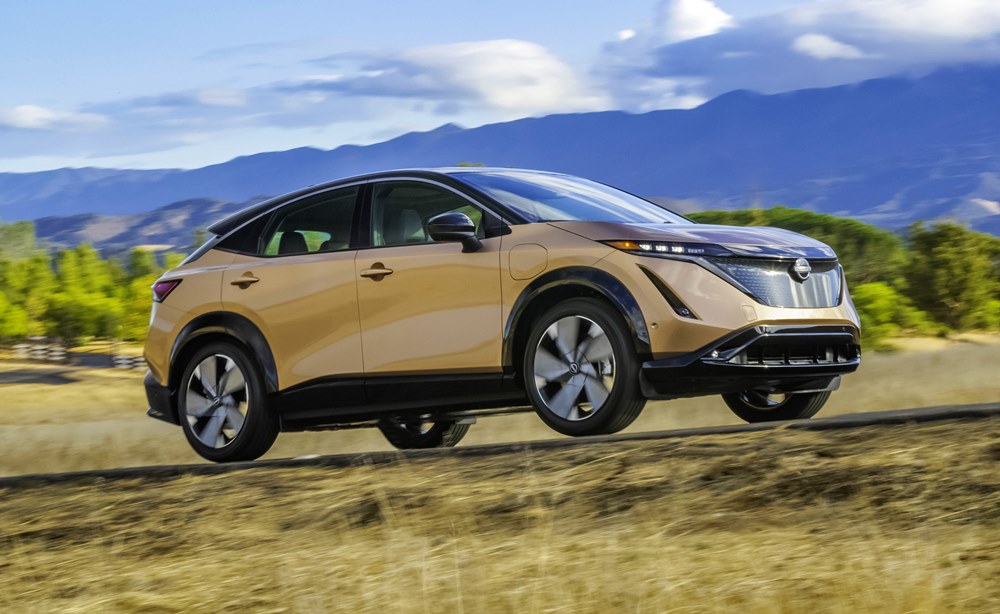
While the e-4ORCE technology is still young and only in one model, like ATTESA, it will progressively be used for other models since it helps to make motoring safer by enhancing grip and controllability, adding to the driver’s confidence.
Nissan and JAXA working on Lunar Rover Prototype with e-4ORCE AWD technology


